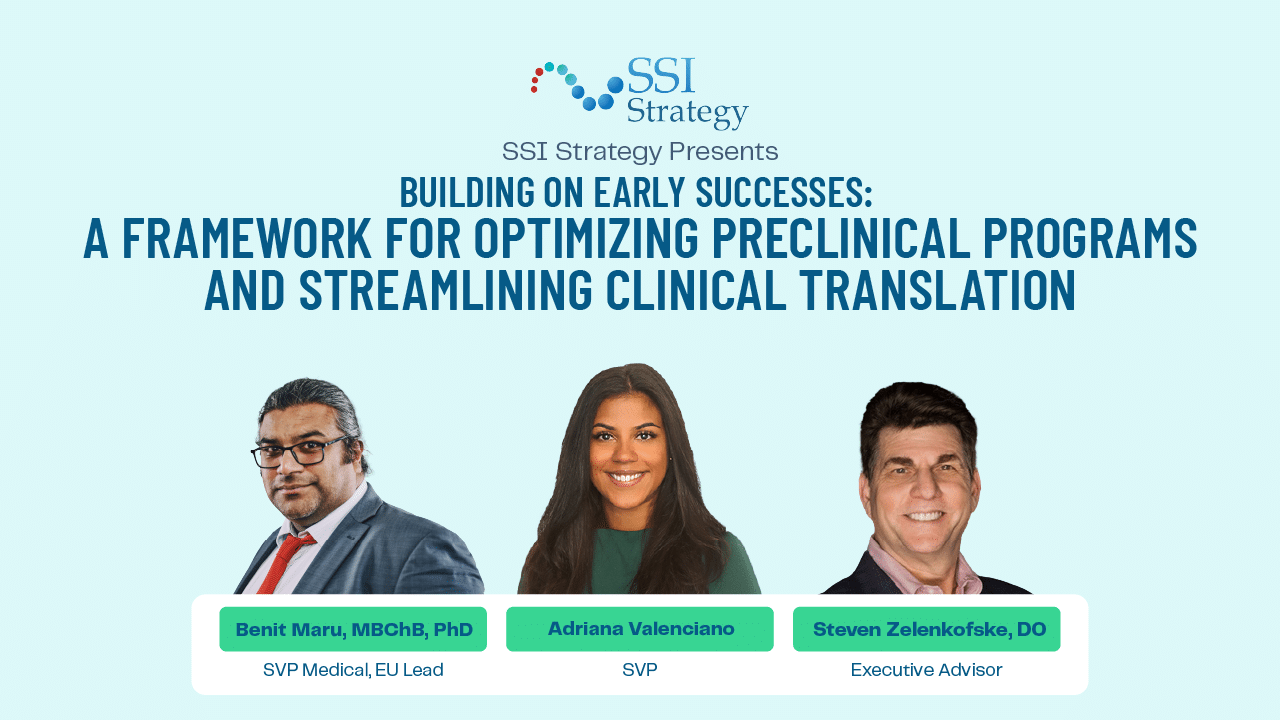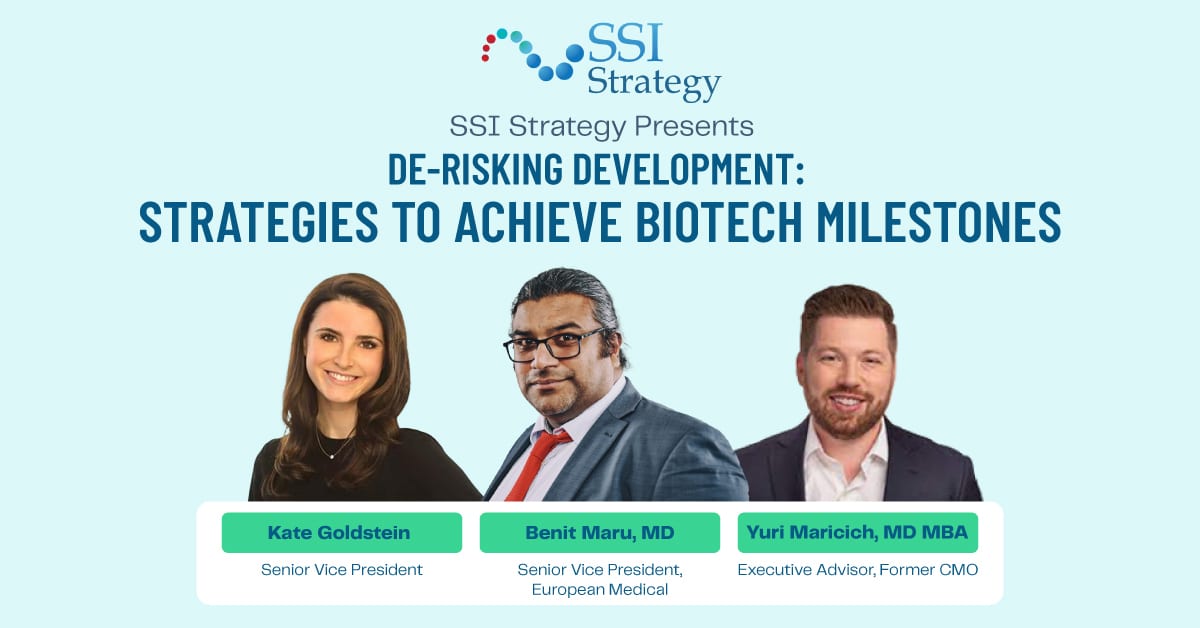“The best leaders that I’ve seen are the ones that realize that it’s always “go, go, go,” and they need to move fast. But they still consciously take time to think, to pause a little bit and have a more of a multi-dimensional view of what’s happening, as opposed to always being at a fast pace, moving forward and getting things done.” Ramin Farhood, Emerging Biotech Leader Host+Vice President Of Medical Affairs Practice, SSI Strategy.
We’re back again with Episode 12 of the Emerging Biotech Leader. Ramin and Kim have returned. And Doug is still on air joining them for a frequently discussed topic that can be a little ambiguous to put into practice: authentic leadership. As you’ll hear from our hosts, the more you do it, the more natural it becomes.
These topics are what this episode covers and then some. Read along, listen along, and prepare to be transformed by these powerful takeaways.
What It Means To Lead With Authenticity—And Why It Matters
Part of the ambiguity in being an authentic leader stems from not fully understanding how it’s defined or embodied. As a starting point, here’s how the dictionary defines authenticity: of undisputed origin; genuine. Synonyms include real, true, honest-to-goodness, and valid—while the dictionary defines the opposite of authentic as fake or spurious.
This theme of authenticity reemerged when we met with Ilan Gadot of Solid Biosciences during Episode 11. Reflecting back on that interview, Doug, Ramin, and Kim agree that Ilan embodied authentic leadership to a T. How did he do this? Through his willingness to be honest in different settings, admitting what he didn’t know, and truly getting to know people and making them feel good, supported, and safe.
Doug explains an example of what this looks like in action:
Being authentic is when what was said publicly, privately, and also at the strategic mandate level all align. There is consistency in messaging and communication from the boardroom, to team meetings with ten people, and then also in the 1:1s and that traceability is from the executive layer. What is said in the toughest of settings is followed by what’s done when you’re trying to motivate a few people, then a team orientation and a meeting with someone individually…when that chain of custody is aligned and the people that are part of it can say, ‘That was authentic, and that was authentic’…I think they’ll run through walls when they encounter, ‘Hey, this is making sense to me. This is what I need to do.’
Authentic leadership requires a guard-down, open approach. Your team, investors, and even advisors can sense when you are abiding by the ‘fake it until you make it’ mentality and trying to get by on charisma as opposed to honestly admitting knowledge gaps or pausing to gather more information from advisors, or other parties, before a decision can be made.
Reread our highlight quote at the top of this recap with this in mind.
While it may feel contradictory to admit that you don’t have a precise answer for everything and are still figuring it out, authentic leadership creates an environment of aligned learning and growth towards solutions, outcomes and building a path forward in uncharted territory, a given for any biotech whether specializing in new and innovative medical devices, gene therapies, digital biomarkers and more.
“If we had our druthers, we would help organizations kind of bubble up that, you know, honest assessment of what’s going wrong or right between two inflection points in the company and make the best of that advisory array and use it consistently so that the rapport and the interdependencies are worked out.”
Authenticity, paired with a defined plan, facilitates execution and intimacy between all parties and the ability to measure results and course correct, all with the advisor’s experience and best practices as part of the path forward. As is often encouraged in every episode: the best biotech leaders are proactive, not reactive. If you haven’t done so already, connect with your advisors and build that plan to meet moving forward.
The Best Advisors May Not Always Be In Biotech
Having been an advisor for several biotechs in her role at SSI, Kim offers advice to further anchor the idea of genuine self-appraisal and honesty around missing competencies. She encourages leaders to identify knowledge gaps and find advisors outside the life sciences sector.
“I think there are macro leadership challenges where there’s actual, additional benefit from having somebody as a sounding board, or a group of people as a sounding board, who are not in the throws of biotech day to day, but might be in an adjacent industry or something related that are facing similar challenges because it changes your objective point of view on how you manage team dynamics in X, Y and Z situation, whether it’s somebody in tech who’s, you know, given where we are today dealing with massive layoffs. Biotech has dealt with similar things in the last 6 to 12 months.”.



